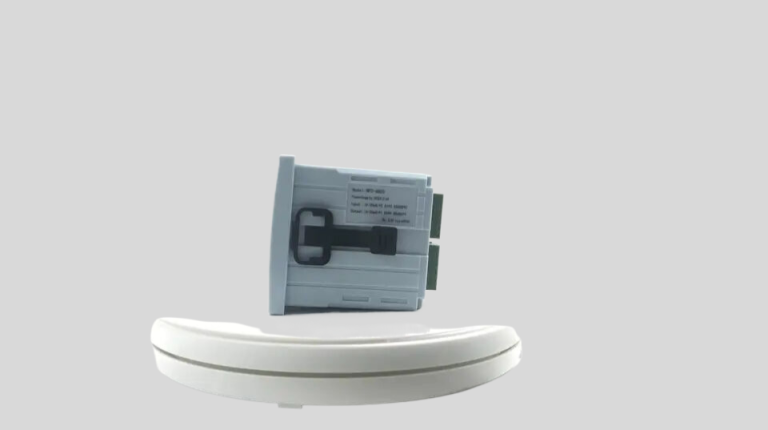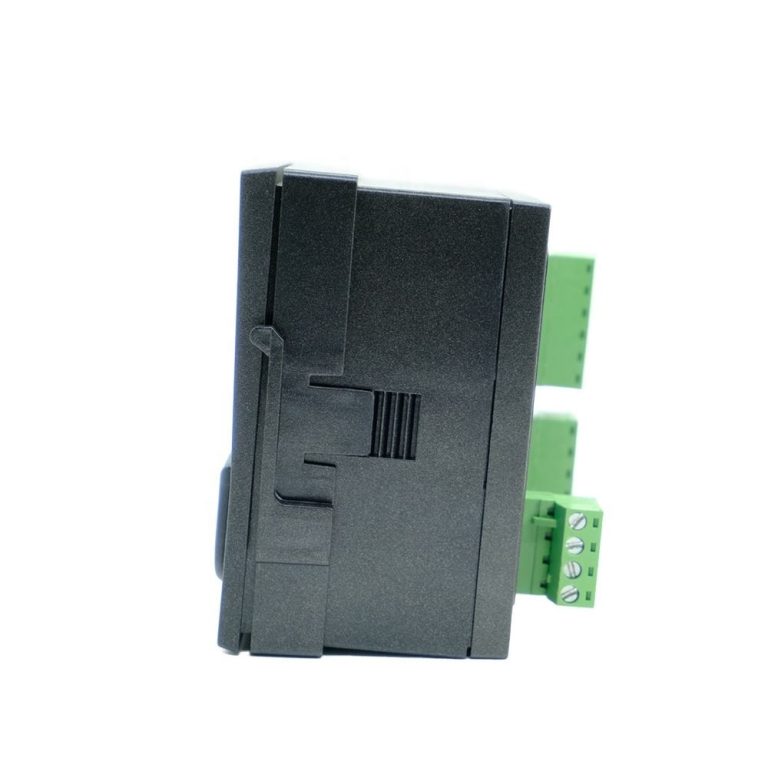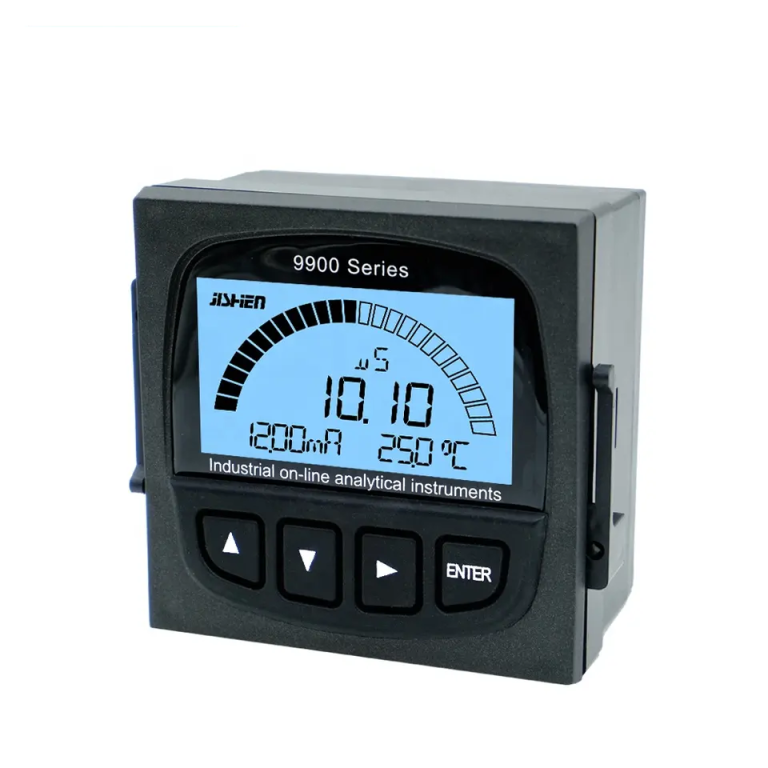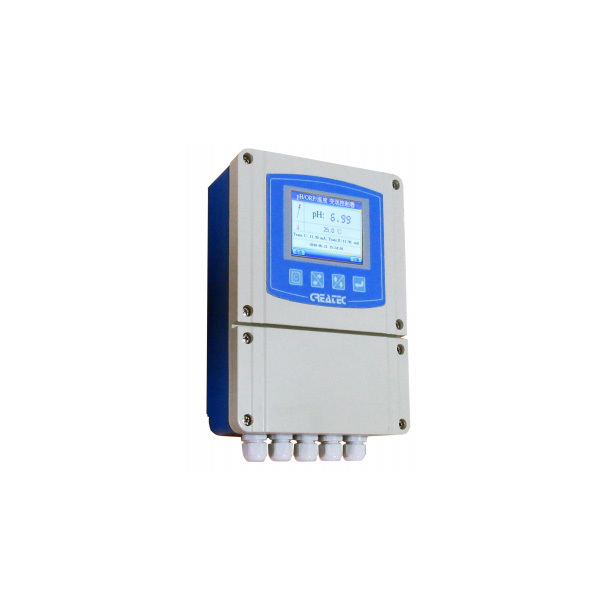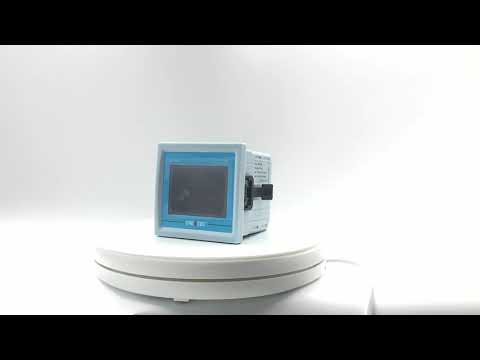Table of Contents
Understanding the Functionality of Sonde water quality meter
The Sonde Water Quality Meter is an indispensable tool in the field of water quality monitoring. It is a multi-parameter instrument that measures various aspects of water quality, including temperature, pH, conductivity, dissolved oxygen, and turbidity. This article aims to provide a comprehensive understanding of the functionality of the Sonde Water Quality Meter.
The Sonde Water Quality Meter is designed to provide accurate and reliable data on the physical and chemical properties of water. It is equipped with multiple sensors that can simultaneously measure different parameters. The data collected by these sensors is then processed and displayed on a digital screen, providing a comprehensive overview of the water’s quality.
The functionality of the Sonde Water Quality Meter begins with its temperature sensor. This sensor measures the water’s temperature, which is a critical parameter as it influences the solubility and reaction rates of chemicals in the water. The temperature data is also used to correct measurements from other sensors, as their accuracy can be affected by temperature variations.
Next, the ph sensor measures the acidity or alkalinity of the water. This is important because pH affects the availability and solubility of all chemical constituents in water. A pH value below 7 indicates acidity, while a value above 7 indicates alkalinity. The pH level can influence the life forms that can survive in the water, making it a crucial parameter to monitor.
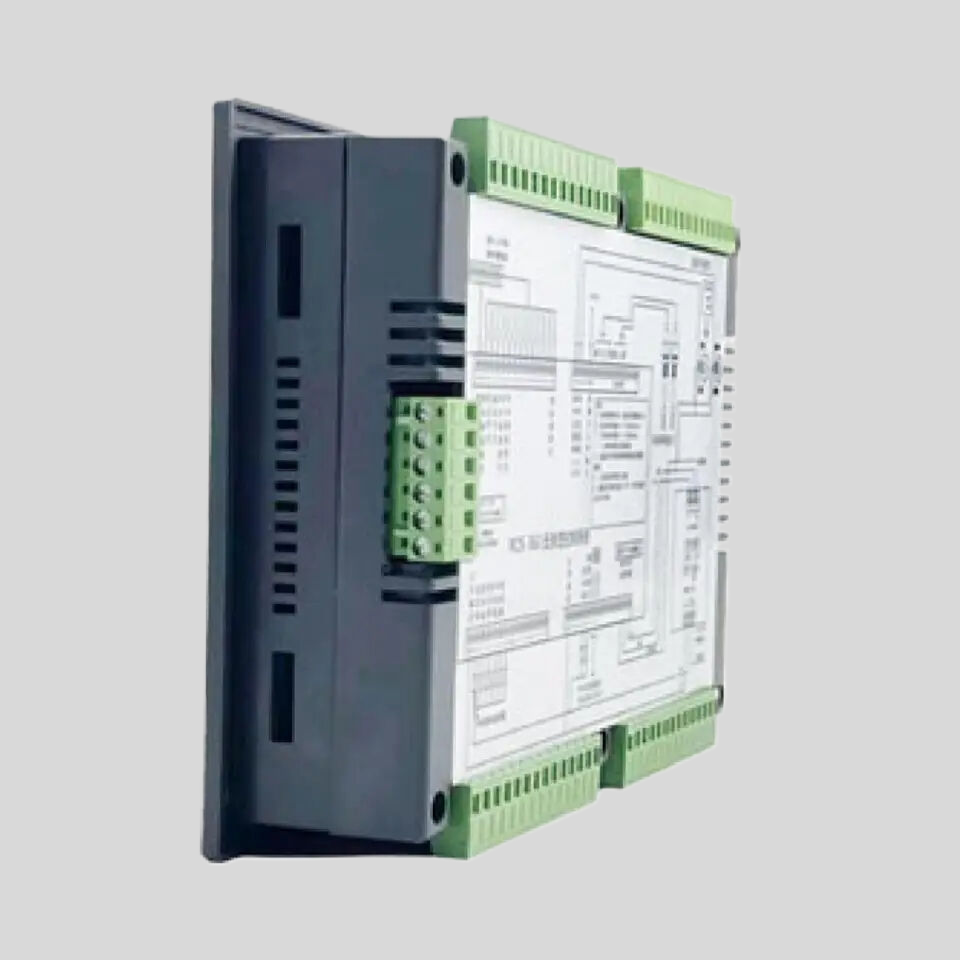
The conductivity sensor in the Sonde Water Quality Meter measures the ability of the water to conduct an electric current. This is directly related to the amount of dissolved salts or minerals in the water. High conductivity values indicate high levels of dissolved salts, which can be harmful to aquatic life and can also indicate the presence of pollutants.
The dissolved oxygen sensor measures the amount of oxygen dissolved in the water. Oxygen is essential for the survival of most aquatic organisms. Low levels of dissolved oxygen can be a sign of pollution, as many pollutants consume oxygen when they decompose.
| CCT-5300 | |||||
| Constant | 10.00cm-1 | 1.000cm-1 | 0.100cm-1 | 0.010cm-1 | |
| Conductivity | (500~20,000) | (1.0~2,000) | (0.5~200) | (0.05~18.25) | |
| μS/cm | μS/cm | μS/cm | MΩ·cm | ||
| TDS | (250~10,000) | (0.5~1,000) | (0.25~100) | —— | |
| ppm | ppm | ppm | |||
| Medium Temp. | (0~50)℃(Temp. Compensation : NTC10K) | ||||
| Accuracy | Conductivity: 1.5%(FS) | ||||
| Resistivity: 2.0%(FS) | |||||
| TDS: 1.5%(FS) | |||||
| Temp.:±0.5℃ | |||||
| Temperature compensation | (0~50)℃ with 25℃ as Standard | ||||
| Analog Output | Single isolated(4~20)mA,instrument/transmitter for selection | ||||
| Control Output | SPDT relay, Load capacity : AC 230V/50A(Max) | ||||
| Power Supply | CCT-5300E : DC24V | CCT-5320E : AC 220V±15% | |||
| Working Environment | Temp. (0~50)℃;Relative Humidity ≤85%RH(none condensation) | ||||
| Storage Environment | Temp.(-20~60)℃; Relative Humidity ≤85%RH(none condensation) | ||||
| Dimension | 96mm×96mm×105mm (H×W×D) | ||||
| Hole Size | 91mm×91mm (H×W) | ||||
| Installation | Panel mounted, fast installation | ||||
The turbidity sensor measures the clarity of the water. High turbidity levels can indicate the presence of particles, microorganisms, or pollutants. These can block light penetration, affecting photosynthesis in aquatic plants and visibility for aquatic animals.
The Sonde Water Quality Meter is typically used in a variety of settings, including rivers, lakes, reservoirs, and wastewater treatment plants. It is a valuable tool for environmental scientists, water quality professionals, and anyone else who needs to monitor water quality.
In conclusion, the Sonde Water Quality Meter is a sophisticated instrument that provides comprehensive data on various aspects of water quality. Its multiple sensors work together to provide a detailed picture of the water’s physical and chemical properties. This data is crucial for monitoring the health of aquatic ecosystems, assessing the impact of human activities on water bodies, and ensuring the safety of our water supplies. The Sonde Water Quality Meter is a testament to the advancements in water quality monitoring technology, providing us with the tools we need to protect and preserve our precious water resources.
The Role of Sonde Water Quality Meter in Environmental Conservation
The Sonde Water Quality Meter plays a pivotal role in environmental conservation, serving as an indispensable tool in monitoring and maintaining the health of our water bodies. This sophisticated device, equipped with multiple sensors, provides accurate and real-time data on various water quality parameters, thereby enabling scientists, researchers, and environmentalists to make informed decisions about water management and conservation.
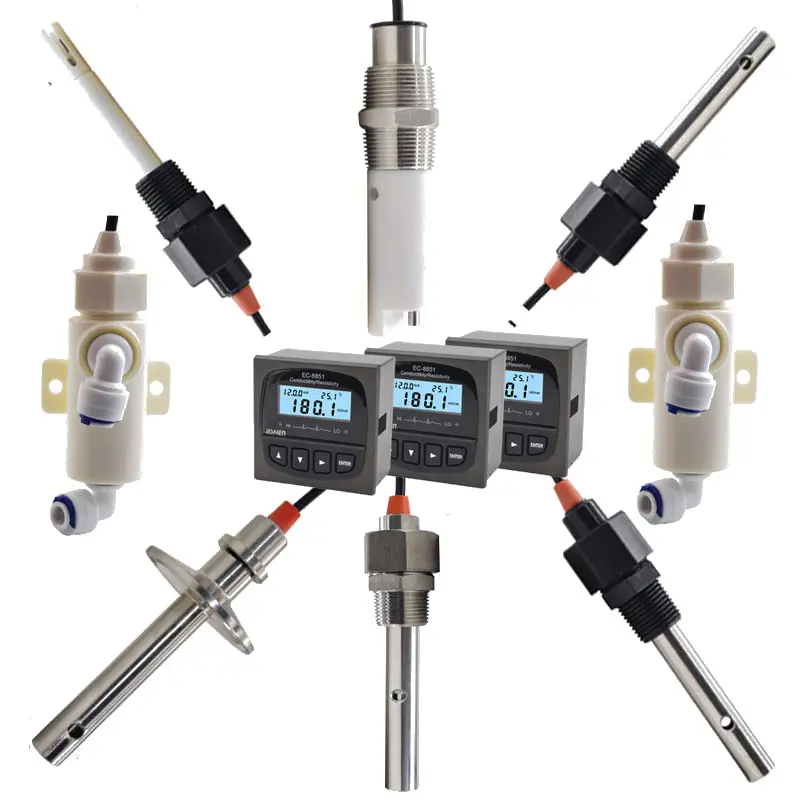
The Sonde Water Quality Meter is designed to measure a wide range of parameters including temperature, pH, conductivity, dissolved oxygen, turbidity, and other specific ions. Each of these parameters provides crucial information about the state of the water body. For instance, temperature affects the solubility and metabolism of certain substances in water, while pH indicates the acidity or alkalinity of the water, which can influence the survival of aquatic life. Conductivity, on the other hand, measures the water’s ability to conduct electricity, which is directly related to the amount of dissolved salts or inorganic compounds in the water.
The ability of the Sonde Water Quality Meter to measure dissolved oxygen is particularly significant. Dissolved oxygen is a key indicator of the health of a water body and its ability to support aquatic life. Low levels of dissolved oxygen can lead to the death of fish and other aquatic organisms, leading to a decrease in biodiversity and potentially disrupting the entire ecosystem. By providing accurate measurements of dissolved oxygen, the Sonde Water Quality Meter allows for early detection of potential problems, enabling timely intervention to prevent or mitigate environmental damage.
Moreover, the Sonde Water Quality Meter’s ability to measure turbidity – the cloudiness or haziness of a fluid caused by large numbers of individual particles – is crucial in assessing the water’s suitability for various uses. High turbidity can affect the growth of aquatic plants, harm fish and other wildlife, and make the water unsuitable for recreational activities. It can also interfere with drinking water treatment processes. By providing precise turbidity measurements, the Sonde Water Quality Meter helps in identifying pollution sources and implementing effective pollution control measures.
The Sonde Water Quality Meter is not only a tool for monitoring but also a device for prevention. By providing real-time data on water quality, it allows for the early detection of changes that could indicate potential problems. This enables proactive measures to be taken to prevent pollution or other forms of environmental degradation. For example, a sudden increase in conductivity might indicate a spill or runoff from a salt storage area, allowing for immediate action to be taken to contain the spill and minimize its impact on the environment.
| Measuring Method | N,N-Diethyl-1,4-phenylenediamine (DPD) spectrophotometry | |||
| Model | CLA-7122 | CLA-7222 | CLA-7123 | CLA-7223 |
| Inlet water channel | Single channel | Dual channel | Single channel | Dual channel |
| Measurement range | Total Chlorine : (0.0 ~ 2.0)mg/L ,calculated as Cl2 ; | Total Chlorine : (0.5 ~10.0)mg/L ,calculated as Cl2 ; | ||
| pH:(0-14);temperature:(0-100)℃ | ||||
| Accuracy | Free chlorine: ±10% or 0.05mg/L (whichever is greater), calculated as Cl2; Total chlorine: ±10% or 0.05mg/L (whichever is greater), calculated as Cl2 | Free chlorine: ±10% or 0.25mg/L (whichever is greater), calculated as Cl2; Total chlorine: ±10% or 0.25mg/L (whichever is greater), calculated as Cl2 | ||
| pH:±0.1pH;Temp.:±0.5℃ | ||||
| Measurement cycle | Free Chlorine≤2.5min | |||
| Sampling interval | The interval (1~999) min can be set to any value | |||
| Maintenance cycle | Recommended once a month (see maintenance chapter) | |||
| Environmental | Ventilated and dry room without strong vibration; Suggested room temperature: (15 ~ 28)℃; relative humidity: ≤85% (no condensation). | |||
| requirements | ||||
| Sample water flow | (200-400) mL/min | |||
| inlet water pressure | (0.1-0.3) bar | |||
| Inlet water temperature range | (0-40)℃ | |||
| Power supply | AC (100-240)V; 50/60Hz | |||
| Consumption | 120W | |||
| Power connection | 3-core power cord with plug is connected to the mains socket with ground wire | |||
| Data output | RS232/RS485/(4~20)mA | |||
| Dimension size | H*W*D:(800*400*200)mm | |||
In conclusion, the Sonde Water Quality Meter is a powerful tool in the fight against environmental degradation. Its ability to provide accurate, real-time data on a wide range of water quality parameters makes it an invaluable asset in monitoring the health of our water bodies and in implementing effective water management and conservation strategies. As we face increasing environmental challenges, tools like the Sonde Water Quality Meter will continue to play a crucial role in helping us protect and preserve our precious water resources.

